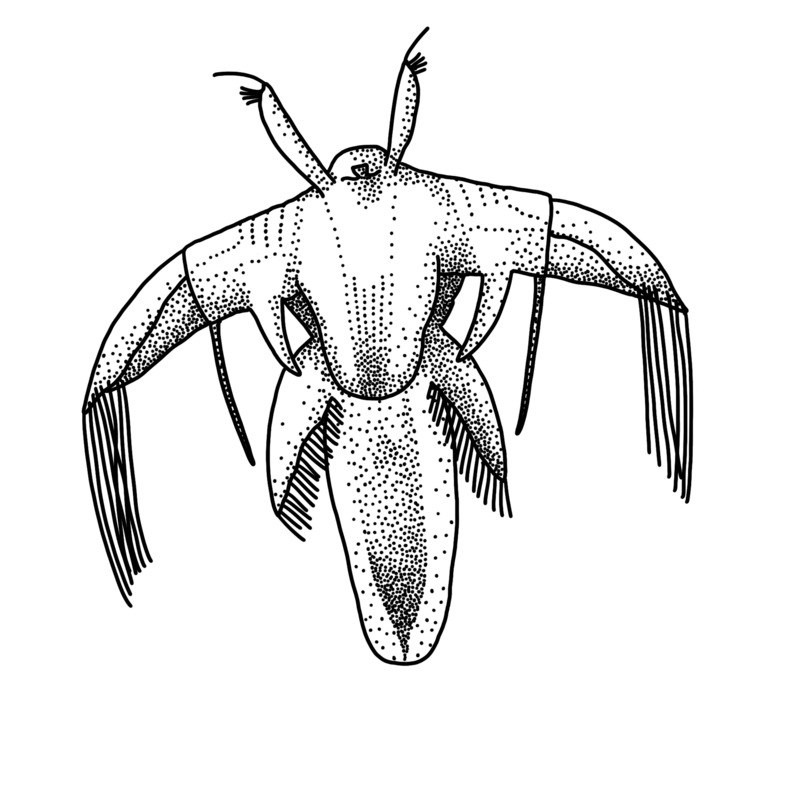
A challenge in introductory biology laboratory courses is to provide students with authentic, engaging research opportunities that allow them to take ownership of their experiments. We present a nine-week introductory biology module that allows students to engage with the process of science, gain experience with various laboratory techniques, and communicate their results to a peer audience. These modules use the inexpensive and accessible invertebrate model of the brine shrimp Artemia, which has many applications from aquaculture to ecology to behavior. Students explore known taxis behaviors in the larval (or “naupliar/nauplii”) stages of these brine shrimp before designing their own experiments, collecting and analyzing data, presenting their results orally, and redesigning their experiments based on peer and instructor feedback. This LessonPlus article highlights the exploration of known taxis behaviors and the scaffolding for having students design their own experiments. We originally designed this module to be highly flexible and used it to teach students both remotely and in-person during the early years of the pandemic. We have since found it to be easily adaptable in terms of timing, materials used, and learning modality. Most importantly, we have observed a number of positive outcomes related to student engagement and proficiency, including increased quality of summative assessments.
Primary Image: Artemia nauplius. A scientific illustration of the nauplius stage of Artemia sp. used in these experiments to study taxis behaviors. ©2024 Liesl V. McCormick.

Stefanie West Leacock onto Intro Labs
@
on